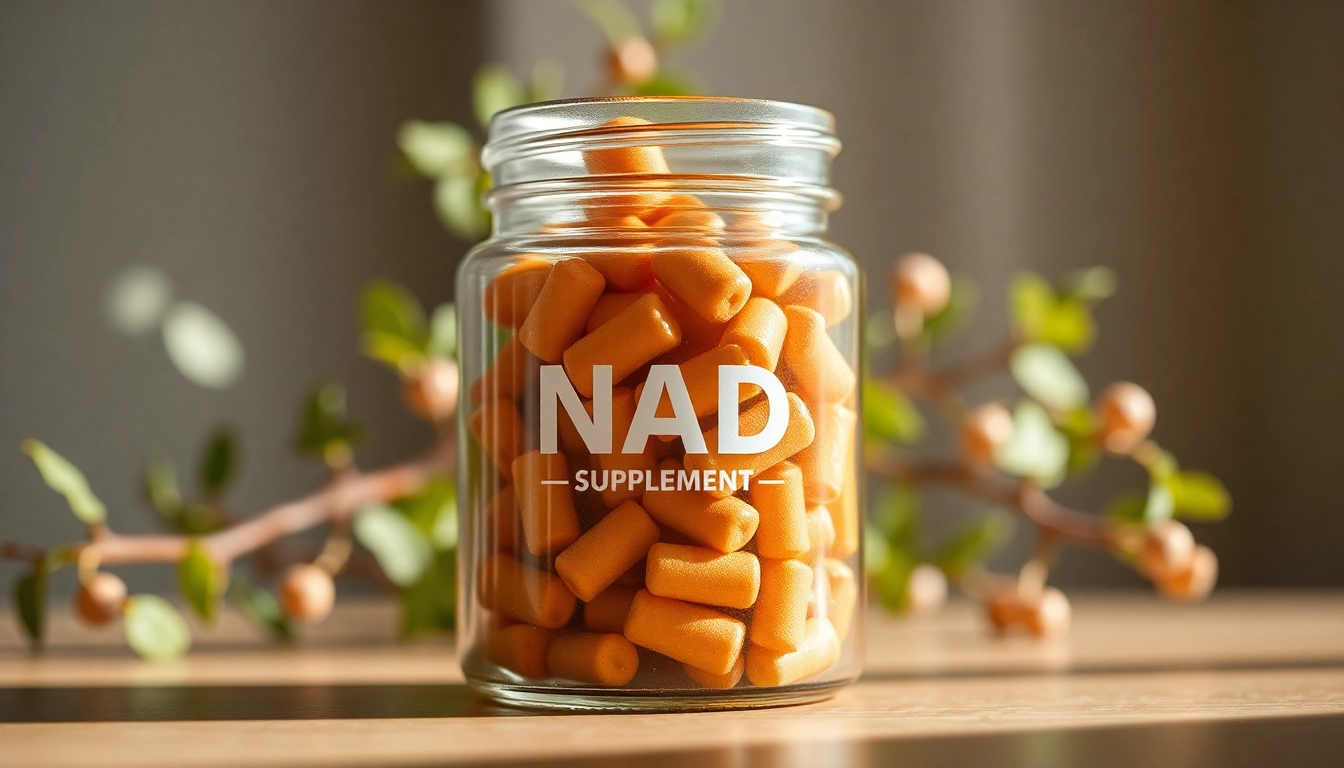Understanding Muscle Recovery Basics
After an intense workout, muscle recovery is the critical phase where the body heals and rebuilds itself. Understanding the basics of muscle recovery can significantly impact your overall fitness experience and achievements. Whether you are an elite athlete, a fitness enthusiast, or someone starting a workout journey, knowing how to effectively manage your recovery process is essential. This article will explore the science behind muscle recovery, nutrition tips to support it, recovery techniques, the importance of post-workout routines, and methods for measuring your recovery progress.
The Science Behind Muscle Recovery
Muscle recovery primarily revolves around the body’s response to exercise-induced stress. When you engage in high-intensity workouts, muscles experience microscopic tears, leading to soreness and fatigue. However, through a series of physiological processes, these tears are repaired stronger than before. Key processes include:
- Inflammation: Initially, following an injury or muscle trauma, the body initiates an inflammatory response. This process helps to contain injury and invites healing cells to the site.
- Repair: Satellite cells, which are essential muscle stem cells, proliferate and fuse to repair the damaged fibers.
- Remodeling: After repair, the muscle may undergo remodeling where changes occur in muscle size and strength. This is where strength gains can happen.
Understanding this cycle allows individuals to support their bodies through proper nutrition, hydration, and rest, which all contribute to effective recovery.
Why Musclerecovery is Critical for Athletes
For athletes, muscle recovery isn’t just a luxury; it’s a crucial part of training. Recovery minimizes the risk of injuries, enhances performance, and allows for consistent training regimens. Here are a few reasons why musclerecovery is indispensable for athletes:
- Enhanced Performance: Proper muscle recovery helps athletes perform at their best by allowing muscles to fully repair and strengthen between sessions.
- Reduced Risk of Injury: Adequate recovery periods reduce the wear and tear on muscles and joints, lowering the likelihood of overuse injuries.
- Improved Mental Resilience: Recovery contributes not only to physical regain but also mental readiness. It keeps athletes motivated and focused, ensuring they approach each session with energy and enthusiasm.
Common Myths About Muscle Recovery
Several myths surround the topic of muscle recovery, which may lead to ineffective recovery practices. Here are a few common misconceptions:
- More Exercise Equals Better Recovery: Overtraining can be detrimental. Recovery requires balance, so rest days are just as important as training days.
- Stretching Alone Helps Recovery: While stretching is beneficial, active recovery and proper nutrition are equally important.
- Once You’re Fit, You Don’t Need Recovery: Even elite athletes require recovery. Muscle recovery is essential at all fitness levels.
Top Nutrition Tips for Optimal Musclerecovery
Nutrition plays a pivotal role in muscle recovery. The right nutritional approach can accelerate recovery times, reduce soreness, and enhance performance. Fundamental dietary elements include a balance of macronutrients and micronutrients that aid in the repair process. For a comprehensive guide to nutrition, you can explore musclerecovery strategies.
Essential Nutrients for Recovery
The following nutrients are vital for muscle recovery:
- Protein: Essential for muscle repair, protein should be consumed post-workout. Aim for lean sources like chicken, fish, beans, and dairy.
- Carbohydrates: Replenishing glycogen stores is crucial after workouts. Incorporate whole grains, fruits, and starchy vegetables into your meals.
- Fats: Healthy fats from sources like avocados, nuts, and olive oil support cell structure and energy needs.
Superfoods to Enhance Musclerecovery
Including superfoods in your diet can amplify recovery benefits. Some noteworthy superfoods include:
- Turmeric: Known for its anti-inflammatory properties, turmeric can help reduce post-exercise muscle soreness.
- Cherries: Rich in antioxidants, cherries help mitigate oxidative stress post-workout.
- Salmon: Packed with Omega-3 fatty acids, salmon aids in reducing inflammation and promoting muscle growth.
Hydration’s Role in Muscle Recovery
Hydration is often overlooked yet is one of the most crucial elements of muscle recovery. Dehydration can impair performance and slow recovery. Key points to remember include:
- Fluid Loss: Athletes lose fluids through sweat, which need to be replaced to maintain performance and recovery.
- Electrolytes: Sodium, potassium, and magnesium are crucial for muscle function. Consider electrolyte-rich drinks post-workout, especially after prolonged or intense exercise.
- Water Intake: Aim for at least 2 liters of water daily, increasing intake based on exercise intensity and duration.
Effective Recovery Techniques
Recovery techniques vary greatly, and what works for one person may not work for another. However, several methods have proven to be effective across the board.
Active Recovery Exercises
Active recovery involves engaging in low-intensity exercise post-workout. Benefits include:
- Increased Blood Flow: Gentle activities like walking or cycling help deliver nutrients to muscles and eliminate waste products.
- Pain Reduction: Light exercise can alleviate muscle soreness through gentle movement and stretching.
- Psychological Benefits: Active recovery can keep athletes engaged and motivated without intense pressure.
Stretching and Mobility Work
Integrating stretching and mobility work into recovery routines can enhance flexibility and prevent injury. Considerations include:
- Dynamic Stretching: Engage in dynamic stretches before workouts to prepare muscles for activity.
- Static Stretching: Post-exercise, static stretching can help lengthen muscles and promote relaxation.
- Foam Rolling: This technique helps to alleviate muscle tightness and improve blood flow to recovery areas.
Massage and Myofascial Release Benefits
Massage therapy and myofascial release can significantly aid muscle recovery. These practices help:
- Reduce Muscle Tension: By alleviating knots and tightness, they enhance muscle flexibility.
- Improve Circulation: Massage improves the flow of blood and lymphatic fluid, promoting faster recovery.
- Relax the Nervous System: Connection with mind and body through massage can lead to deeper relaxation and improved recovery outcomes.
Post-Workout Recovery Routines
Post-workout recovery routines are critical to ensuring your body recuperates effectively, preparing you for your next training session.
Creating Your Personalized Recovery Plan
A personalized recovery plan considers your fitness level, goals, and workout intensity. Steps to create one include:
- Set Recovery Goals: Identify what you wish to achieve, such as reduced soreness or improved performance.
- Incorporate Variety: Utilize multiple recovery techniques, including nutrition, hydration, and physical therapies.
- Monitor Progress: Adjust your plan based on how your body responds; flexibility in approach is key.
Importance of Sleep in Musclerecovery
Sleep is often the unsung hero of recovery. Without adequate sleep, your body struggles to repair and grow:
- Hormonal Balance: Sleep regulates hormones like cortisol and testosterone, which affect muscle recovery and growth.
- Repair Processes: Most muscle recovery happens during sleep, making it vital for athletes.
- Cognitive Function: Adequate sleep is crucial for focus, decision-making, and overall health.
Using Supplements to Boost Recovery
While whole foods should be the primary focus, supplements can support muscle recovery when necessary. Popular recovery supplements include:
- Protein Powders: Convenient and effective for post-workout muscle repair.
- Branched-Chain Amino Acids (BCAAs): These can reduce muscle soreness and promote recovery when consumed before or after workouts.
- Omega-3 Fatty Acids: These have proven anti-inflammatory effects, supporting overall recovery.
Measuring Your Recovery Progress
Measuring your recovery progress can inform your training strategy, enhancing your overall effectiveness.
Signs You Need More Recovery Time
Understanding signs of inadequate recovery is essential for avoiding overtraining:
- Persistent Soreness: If soreness lasts longer than usual, it may indicate that the muscles need more time to recover.
- Fatigue: Consistent fatigue during workouts can signal that the body is not recovering sufficiently.
- Mood Changes: Increased irritability or lack of motivation can indicate burnout.
Tracking Recovery with Technology
The use of wearable technology to track recovery is becoming increasingly popular, offering insights such as:
- Heart Rate Variability (HRV): Higher HRV indicates better recovery and readiness for training.
- Sleep Quality: Devices that track sleep cycles can help ensure you’re getting restorative sleep.
- Performance Metrics: Monitoring strength and endurance over time can provide tangible data about recovery progress.
Adjusting Your Training Based on Recovery Metrics
Analyzing recovery metrics allows you to adjust training plans effectively. Strategies include:
- Progressive Overload: Gradually increase the intensity of workouts only when recovery metrics indicate readiness.
- Active Recovery Days: Incorporate days focused on low-intensity workouts when recovery metrics decline.
- Consult Professionals: Collaborate with coaches or trainers who can assist in developing a tailored training regime based on recovery data.



